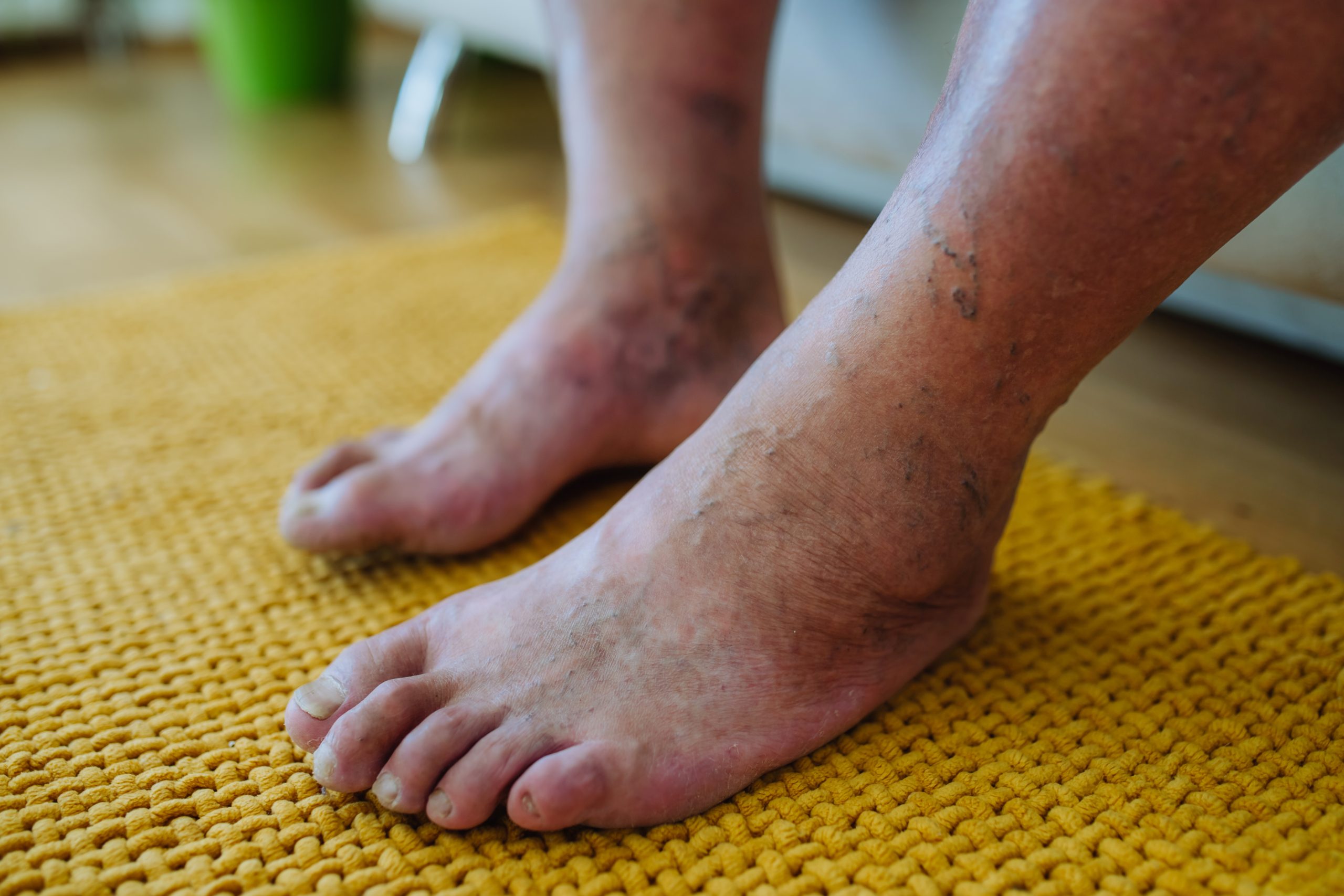Diabetic foot complications can lead to serious consequences, but they are often preventable with the right care and attention. Practicing daily foot maintenance and being vigilant about potential issues can significantly reduce risks. This guide offers essential tips for effective foot care, dietary choices, and regular check-ups, empowering you to take control of your diabetic foot health. Don’t let complications hinder your quality of life—act now for a healthier future.
Essential Tips to Prevent Diabetic Foot Complications Now
Proper foot care is crucial for individuals with diabetes to avoid severe complications. Maintaining blood sugar control is essential; irregular levels can lead to nerve damage, impairing foot sensation and increasing the risk of unnoticed injuries. Regularly inspect your feet for signs of diabetic neuropathy symptoms, such as tingling or numbness. Daily attention helps detect issues early.
In parallel : How Does Early Musical Training Influence Cognitive Development in Preschool Children?
Regular foot examinations by healthcare professionals are equally important. These assessments enable early detection and treatment of potential complications before they escalate. Managing blood sugar levels, as explained in this article from Newstime, is a fundamental step in this process. A comprehensive care plan, including regular foot check-ups, can prevent serious outcomes such as ulcers and amputations.
For daily care, focus on maintaining good foot hygiene. Wash and dry your feet thoroughly, avoiding moisture between the toes to prevent fungal infections. Proper shoes and socks, specifically designed for diabetic feet, add an extra layer of protection. Implement these strategies diligently to maintain healthy, complication-free feet.
Also read : How Effective Is Silver Diamine Fluoride in Preventing Dental Caries in Young Children?
Daily Foot Care Routines for Diabetics
Daily Foot Inspections and their Necessity
Diabetics should prioritize daily foot inspections to mitigate the risk of complications like neuropathy and ulcers. Monitoring for signs of foot problems such as redness, swelling, or cuts is vital for early intervention. Identifying early stage diabetes feet issues can prevent severe outcomes. Inspections should be thorough, looking for unusual sensations or injuries missed due to reduced sensitivity.
Best Practices for Washing and Moisturizing Feet
Maintaining foot hygiene is critical. Use mild soap and lukewarm water, ensuring a gentle yet thorough cleaning. Post-wash, focus on effective wound care for diabetics by drying the feet well, especially between the toes, to avoid fungal infections. Moisturize daily but skip the areas between toes to prevent moisture buildup which could lead to infections.
Tips for Recognizing and Addressing Early Signs of Foot Problems
Recognizing early signs of foot problems can avert serious diabetic complications. Watch for types of diabetic foot issues, like calluses or blisters, which could escalate to ulcers. If you spot unusual skin changes or persistent pain, consult a healthcare provider immediately. These proactive approaches are crucial in safeguarding foot health for those managing diabetes.
Footwear and Lifestyle Choices for Diabetic Patients
Selecting the Right Footwear for Comfort and Safety
Choosing the right footwear for diabetics is crucial in preventing foot complications. Shoes designed for diabetic patients offer features such as ample room and cushioning to prevent pressure points. These shoes are tailored to accommodate foot deformities, reduce the risk of ulcers, and provide the needed support.
The Role of Lifestyle Changes, Including Exercise and Diet
Adopting the right lifestyle changes can significantly reduce the risk of complications for diabetic patients. Regular physical activity and balanced nutrition are key in maintaining foot health. Exercise improves circulation, which is essential in managing blood sugar levels, and a diet rich in antioxidants supports overall foot health.
Guidance on Choosing Diabetic-Friendly Socks and Avoiding Moisture Build-up
Socks play a pivotal role in foot care; opting for diabetic-friendly socks helps in moisture management and reduces friction. These socks are typically seamless, minimizing the risk of abrasion and moisture build-up. Maintaining foot hygiene is intimately tied to preventing complications like fungal infections, which thrive in damp conditions.











